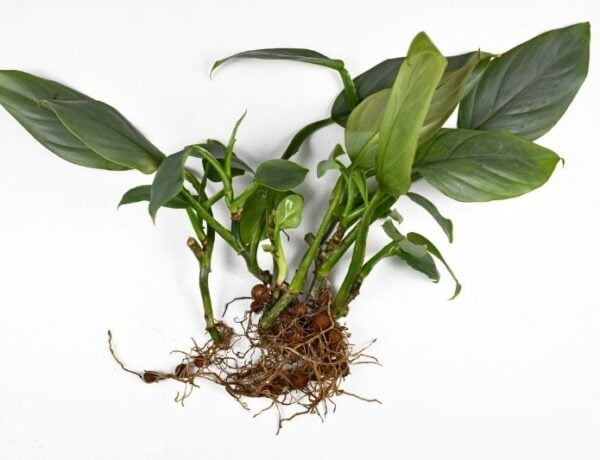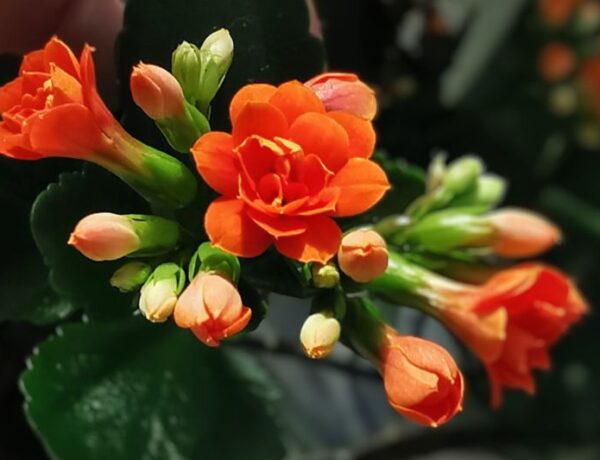There’s no denying that philodendrons can add a touch of the tropics to any space with their lush, vibrant leaves. But what do you do when those beautiful leaves start falling off? Don’t panic! We’re here to help you out.
Table of Contents
1. Watering Issues
Philodendrons like their soil to be just right, kind of like Goldilocks and her porridge. If the soil is too wet, it can lead to root rot and leaf drop. If it’s too dry, your plant might get thirsty and drop leaves, too.
Solution: Make sure the top inch of soil is dry before giving your philodendron a drink. And remember, it’s better to underwater than overwater. No one likes soggy feet!
2. Improper lighting
Philodendrons love light, but they’re not big fans of direct sunlight – it’s too harsh and can lead to scorched leaves. But they don’t want to be in the dark either. The perfect spot? Somewhere with bright, indirect light.
Solution: Keep your philodendron in a place where it can enjoy bright, but not direct, sunlight.
3. Temperature and Humidity Issues
Just like us, philodendrons prefer certain temperatures. They’re tropical plants, so they love it warm, around 60-85°F (15-29°C). Too cold and they might start dropping leaves. And let’s not forget about humidity. Dry air? Not a philodendron’s friend.
Solution: Keep your philodendron in a warm and humid environment to keep it happy. (It’s also a great bathroom plant.)
4. Pests
Common pests like spider mites, mealybugs, and aphids are no friends to your philodendron. They can suck the life out of your plant, leading to leaf drop. And don’t get us started on fungal and bacterial diseases!
Solution: Keep an eye out for pests and signs of disease. If you spot trouble, act fast with the right insecticides or fungicides.
5. Soil and Drainage
A soil mix that doesn’t drain well or that doesn’t provide the right nutrients can lead to poor plant health and leaf loss. Additionally, poor drainage can also lead to waterlogged roots, which can cause root rot and, again, leaf loss.
Solution: Use a well-draining soil mix, ideally one designed for aroids. Make sure your plant’s pot has adequate drainage holes. If water collects at the bottom, it’s time to improve the drainage system.
6. Natural Aging
It’s natural for older leaves on a philodendron to yellow and fall off as the plant grows and matures. So if you’re noticing only the oldest leaves falling, it might just be your plant’s natural growth cycle.
Solution: Old leaves falling off is a normal part of your philodendron’s life cycle. But if newer leaves start dropping, it’s time to investigate further.
Wrapping It Up
Seeing your philodendron lose leaves can be a bit scary. But now that you know the common causes and how to deal with them, you’re all set to keep your plant healthy and happy. Just remember – balance is key, whether it’s with watering, light, or temperature. And always be on the lookout for pesky pests or signs of disease.






No Comments